




Did you find this useful? Give us your feedback


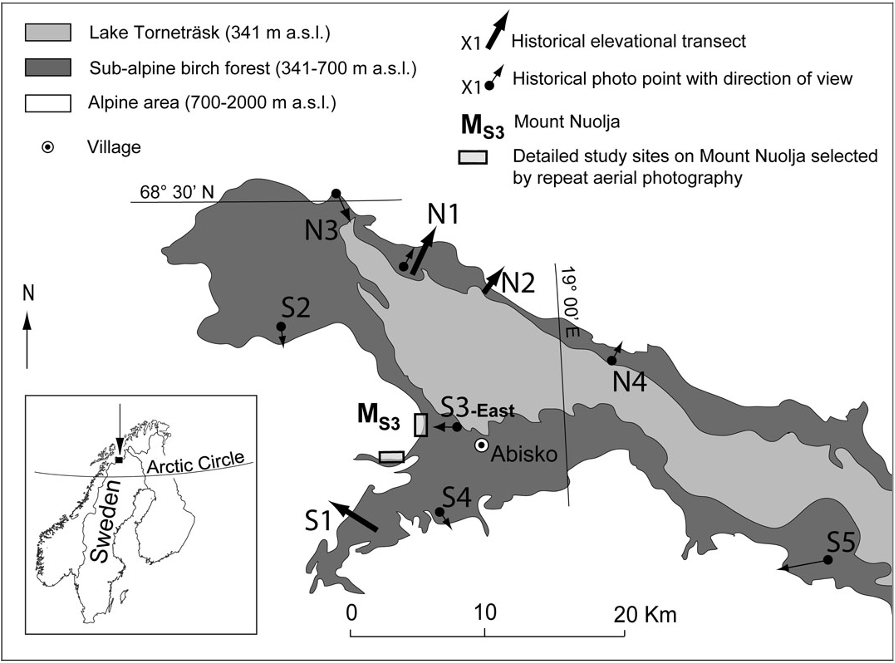
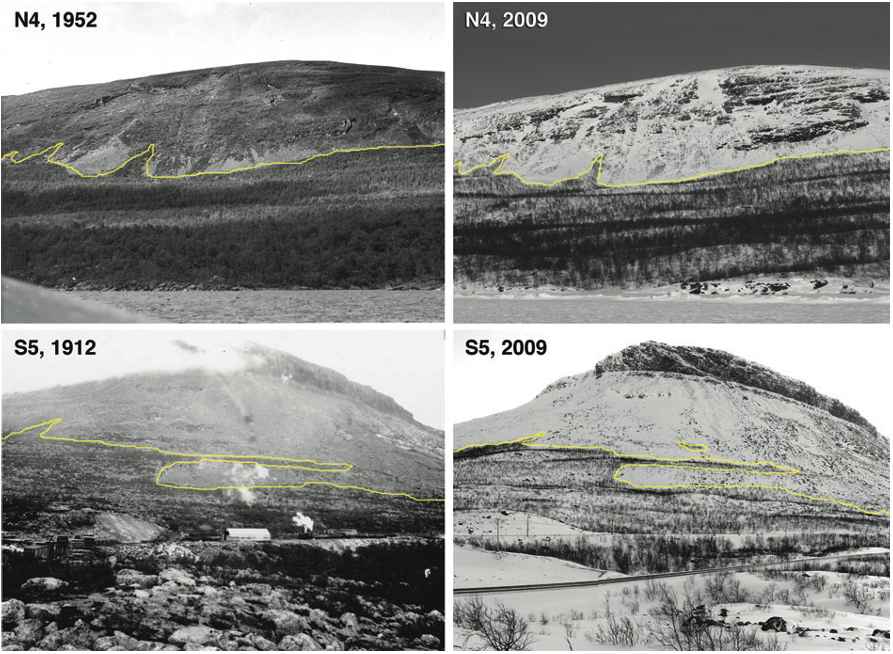
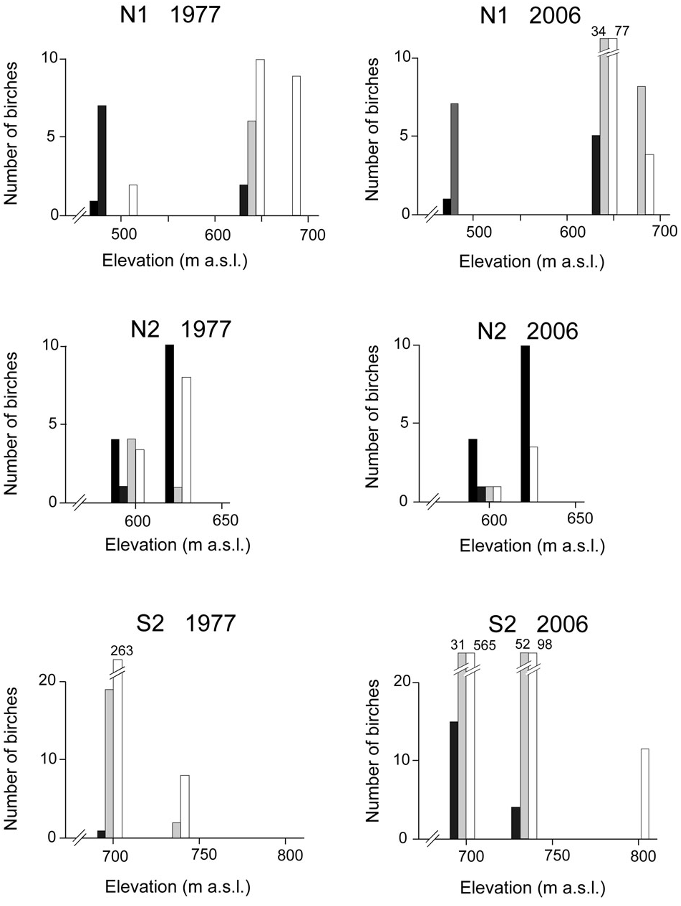
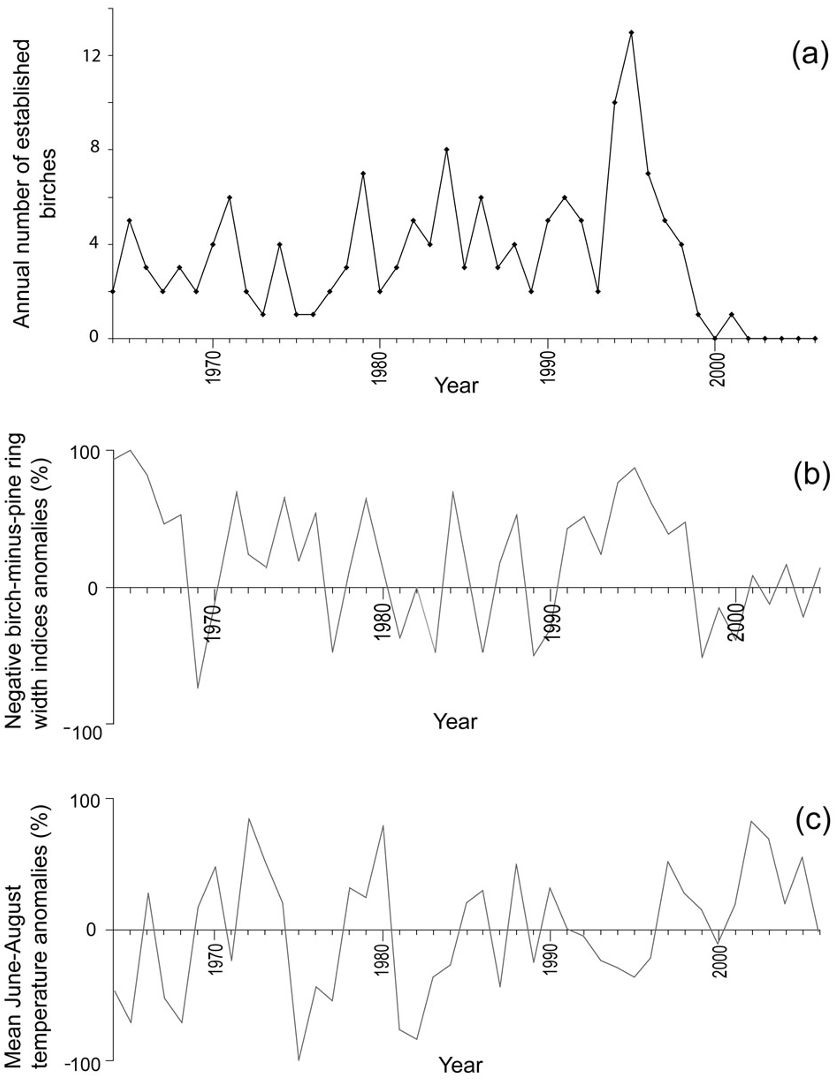
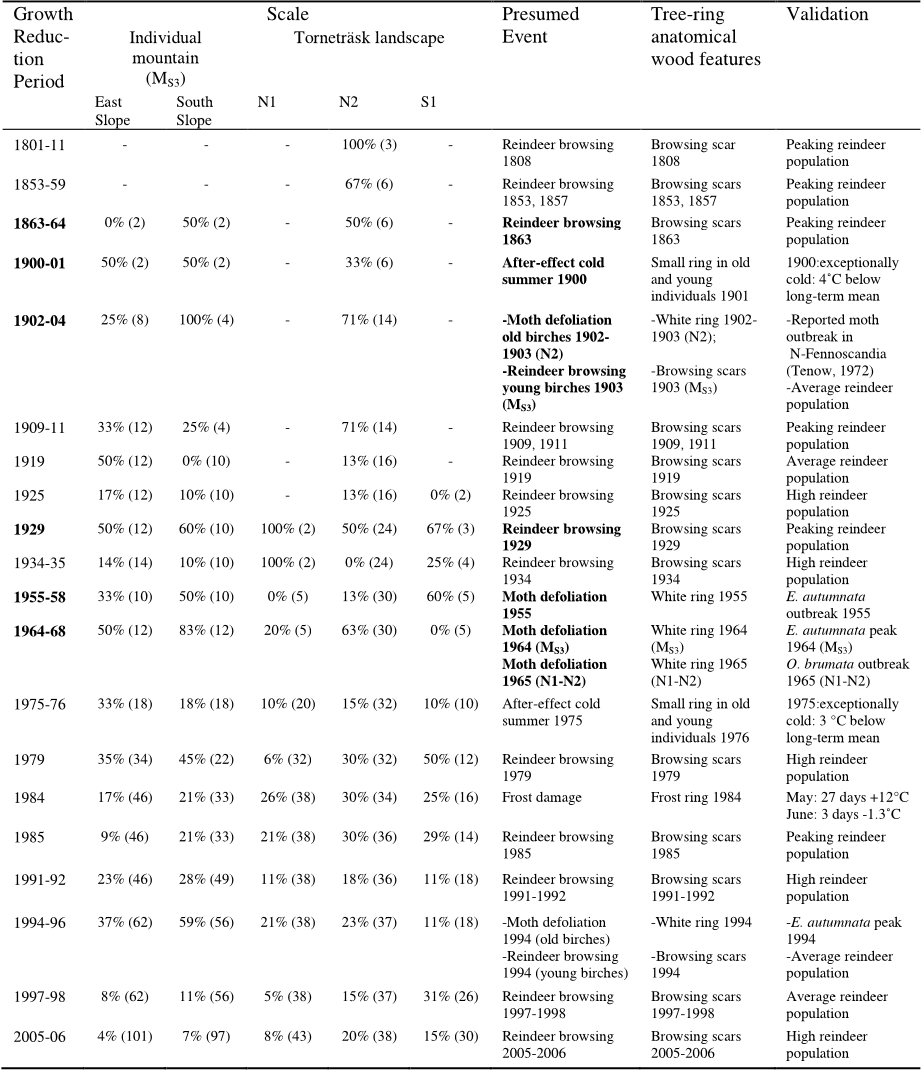
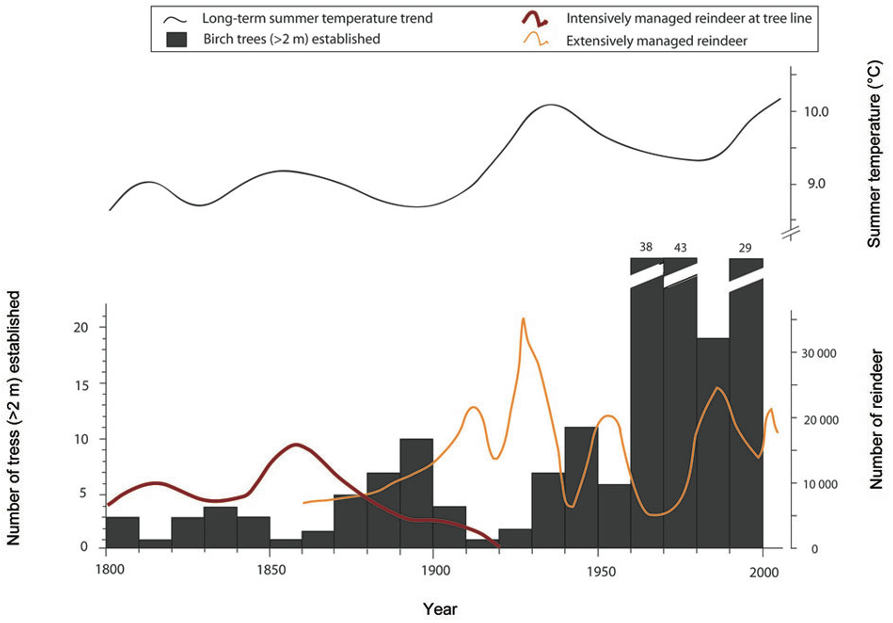
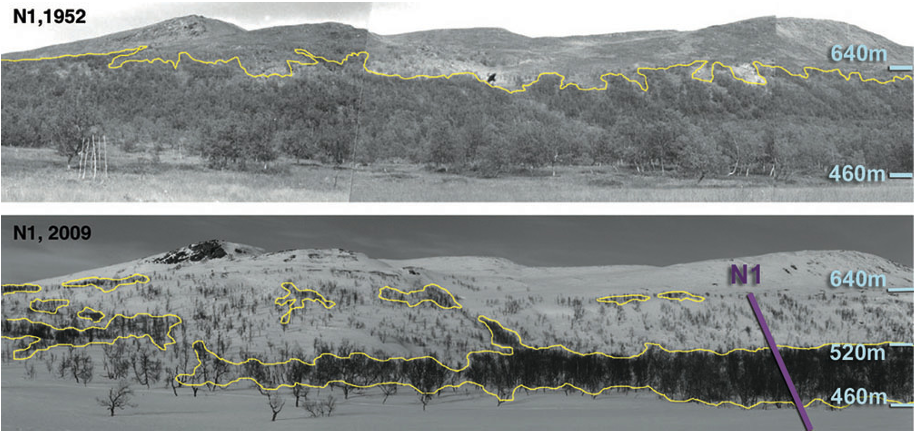





36 citations
...Species richness across European treeline ecotones decreases with latitude, but depends on a large number of abiotic and biotic factors, such as human activities and soil conditions (Callaghan et al. 2004, Vittoz et al. 2010)....
[...]
34 citations
...…continuous, such declines in DIN concentration and export are consistent with increasing terrestrial nutrient demand and retention linked to greater plant productivity (Xu et al., 2013), tree line expansion (Van Bogaert et al., 2011) and/or increased shrub abundance (Sturm, Racine, & Tape, 2001)....
[...]
34 citations
34 citations
...In particular, the patterns of near-ground temperatures, snow distribution, wind abrasion, and mass movement are expected to be reflected in the patterns of treeline advance or retreat (Dalen and Hofgaard, 2005; Holtmeier and Broll, 2005; Van Bogaert et al., 2011; Sutinen et al., 2012)....
[...]
34 citations
...Furthermore, some observations of ecosystem change, such as recent advances of shrubs into the tundra, assume implicitly or explicitly that the vegetation dynamics are related to climate warming (e.g. Sturm et al. 2001; Tape et al. 2006; Hallinger et al. 2010), but this assumption can sometimes be challenged because many other factors, such as herbivory (e.g. Cairns and Moen 2004; Olofsson et al. 2009; Van Bogaert et al. 2011), extreme winter warming events (Bokhorst et al. 2009), and methodological constraints (Büntgen and Schweingrubber 2010) often confound simple cause–response relationships....
[...]
...…but this assumption can sometimes be challenged because many other factors, such as herbivory (e.g. Cairns and Moen 2004; Olofsson et al. 2009; Van Bogaert et al. 2011), extreme winter warming events (Bokhorst et al. 2009), and methodological constraints (Büntgen and Schweingrubber 2010) often…...
[...]
...Exceptions to the general trend of range extension and increased plant performance are treeline and forest vegetation that have not responded to recent warming (Van Bogaert et al. 2009, 2011), low Arctic vegetation of southeast Greenland (Daniëls and de Molenaar 2011 [this issue]) and high Arctic vegetation on Svalbard (Prach et al. 2010)....
[...]
...…general trend of range extension and increased plant performance are treeline and forest vegetation that have not responded to recent warming (Van Bogaert et al. 2009, 2011), low Arctic vegetation of southeast Greenland (Daniëls and de Molenaar 2011 [this issue]) and high Arctic vegetation on…...
[...]
1,775 citations
1,311 citations
1,003 citations
...In contrast to Harsch et al. (2009) who concluded that the role of disturbance during recent climate warming is restricted to determining when tree line advance will occur, this study shows that disturbance and its after-effects may equally well determine ı́f tree line advance will occur at all....
[...]
...As the location of elevational and polar tree lines is mainly caused by heat deficiency, in the Northern Hemisphere climate warming is expected to cause tree lines to advance to higher elevations and more northerly latitudes (Harsch et al., 2009)....
[...]
...…widely held expectations of vegetation responses to warming, i.e. that Arctic tree lines will move northwards and elevational tree lines upslope (Harsch et al., 2009), this study documented highly varying tree line dynamics for the Torneträsk area in sub-Arctic Sweden during a period of…...
[...]
...A global study by Harsch et al. (2009) showed that only 52% of all 166 global tree line sites had advanced over the past 100 years despite documented amplified climate warming at high-elevation areas and northern latitudes (ACIA, 2005)....
[...]
518 citations
334 citations
...In contrast to other studies (Danby & Hik, 2007; Kullman & Öberg, 2009), slope aspect and inclination were not correlated with elevational shifts of the tree line ecotone....
[...]